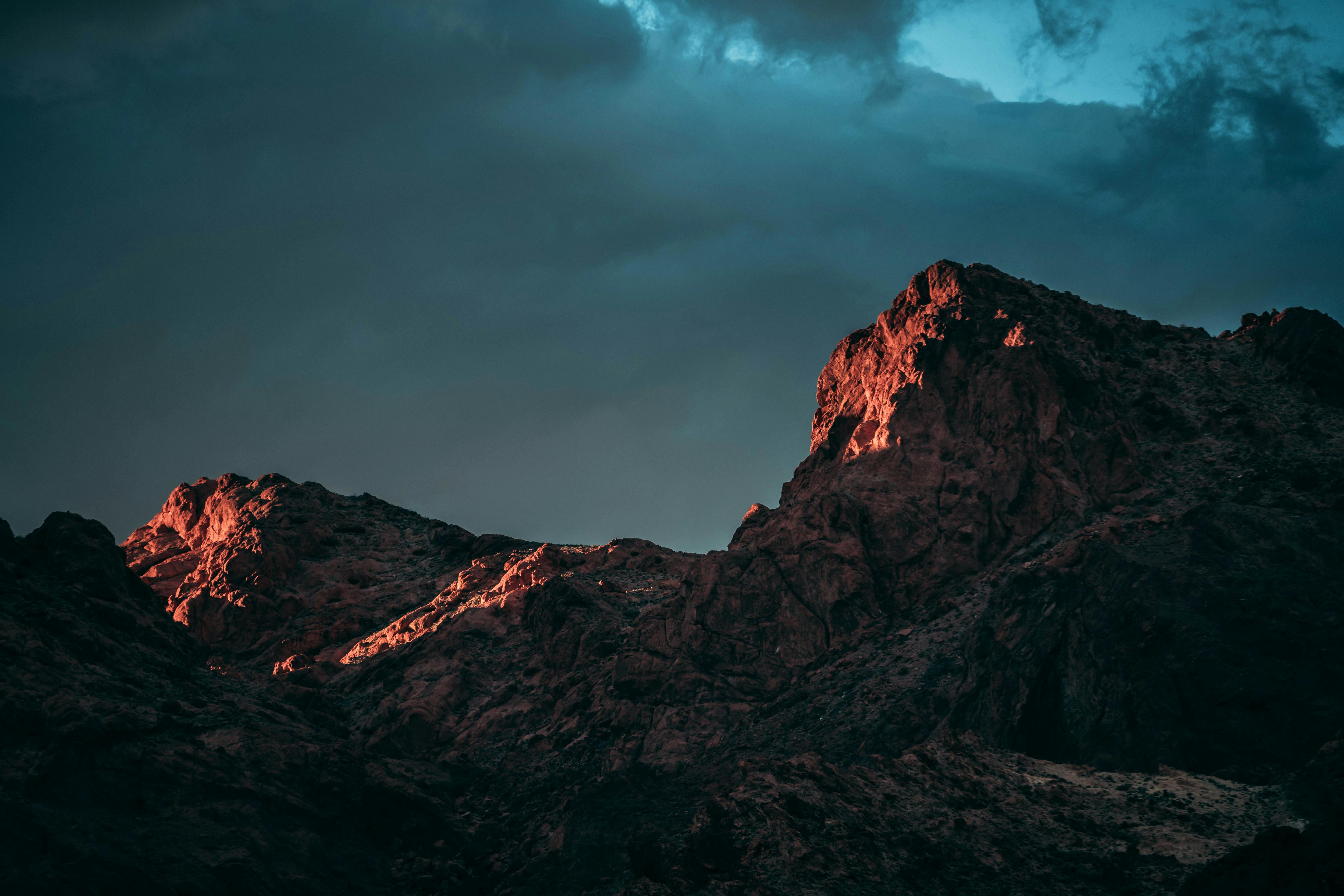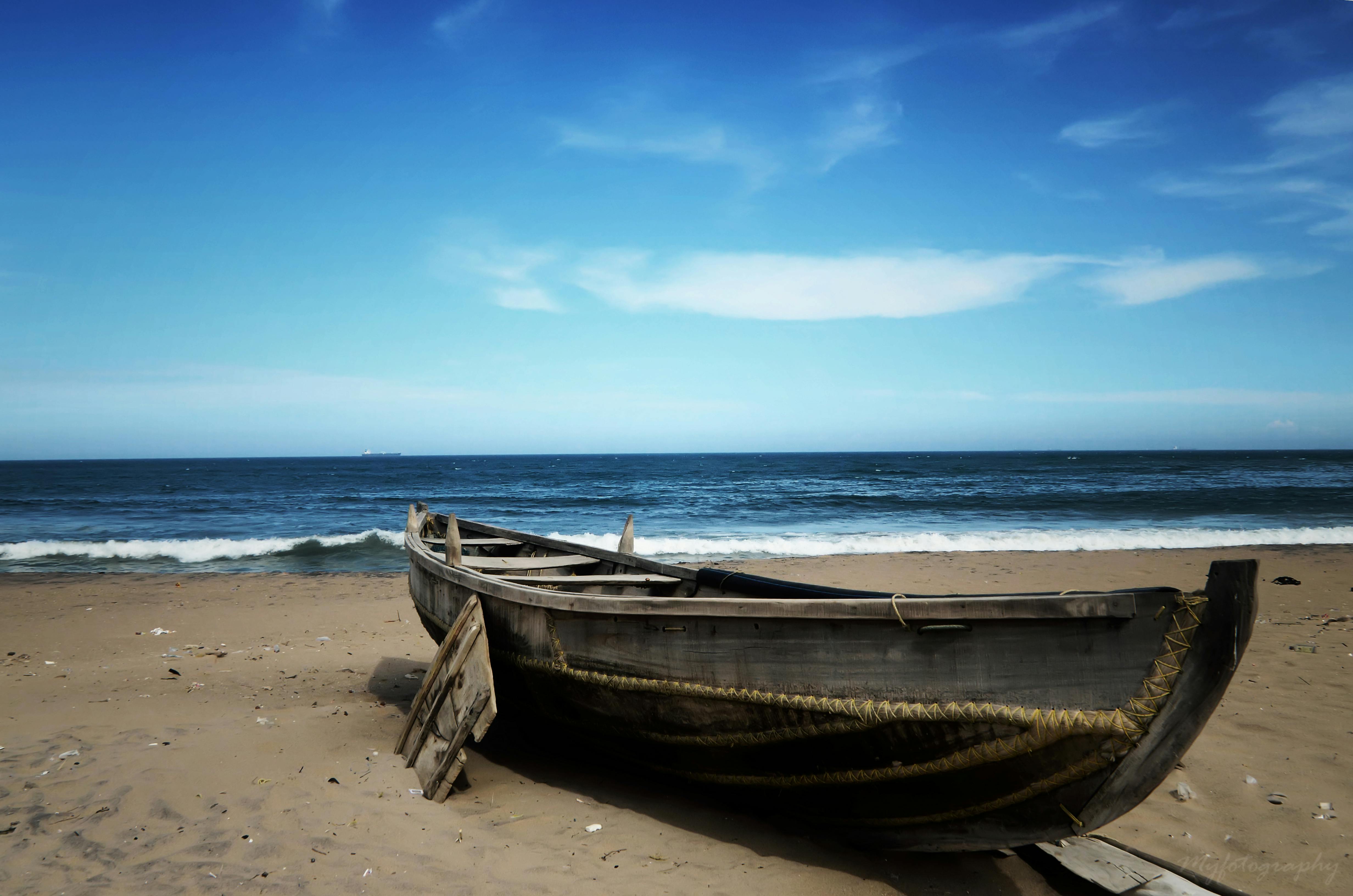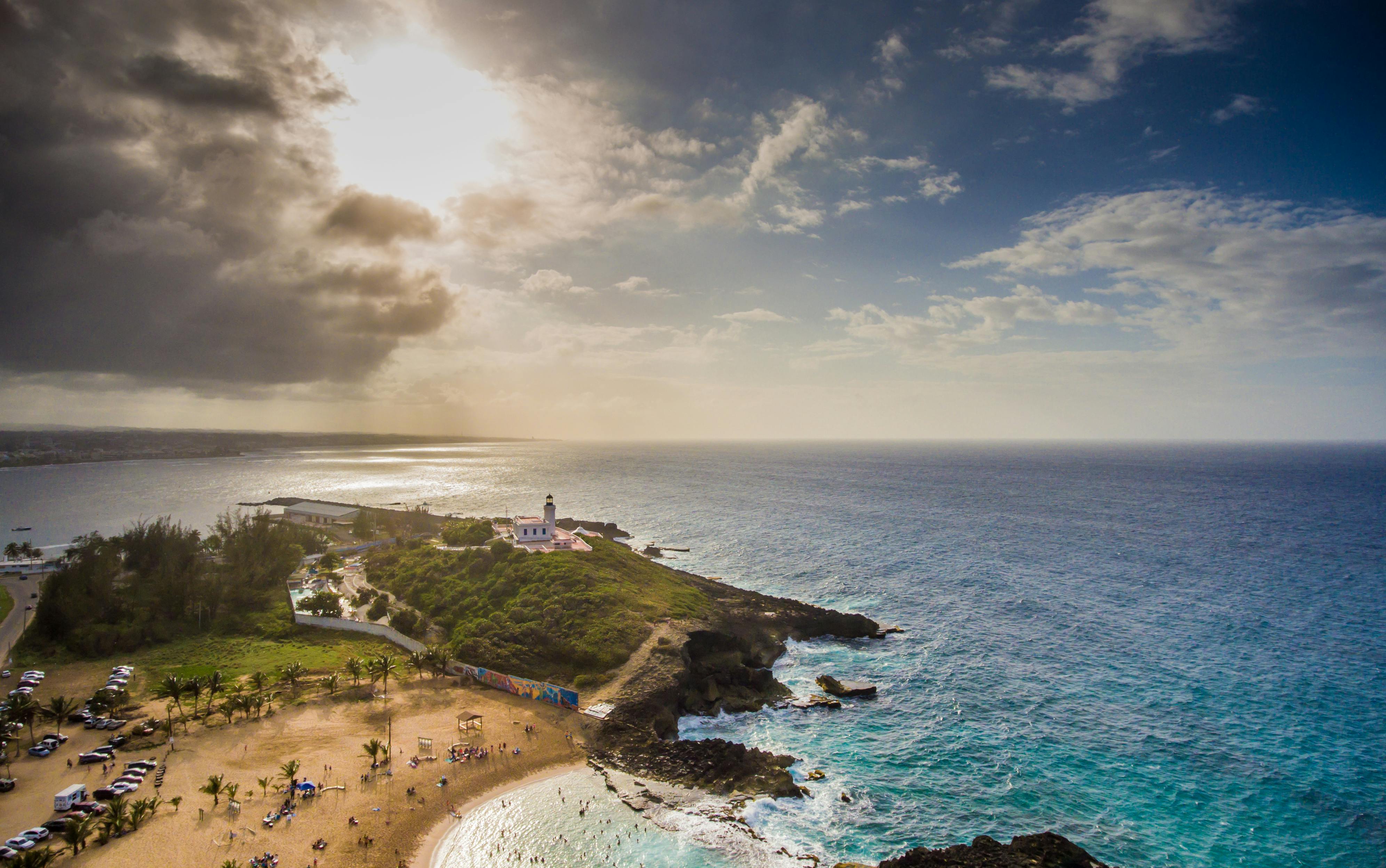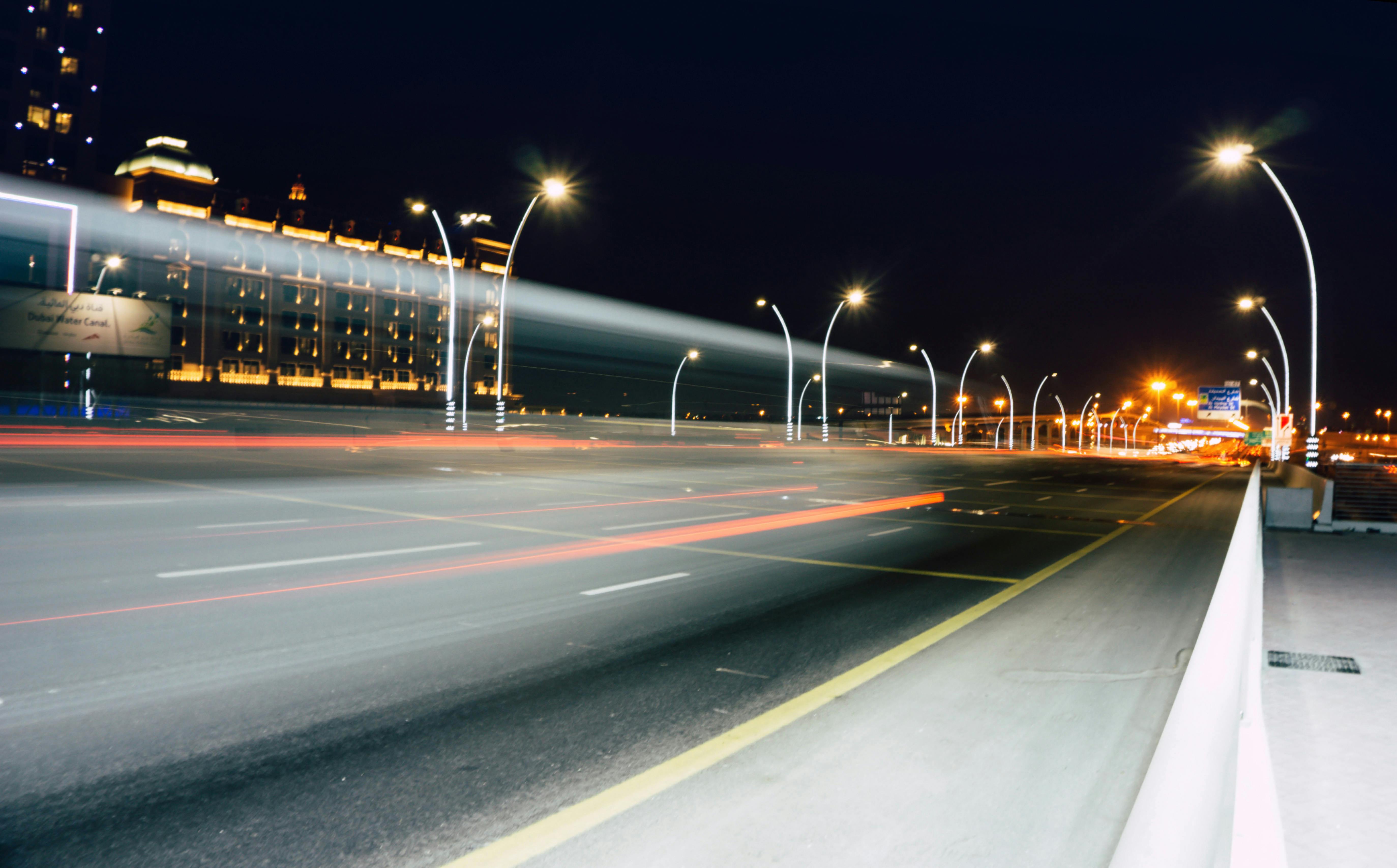I’ve always been an avid hiker, so one year I took my son and daughter to the Grand Canyon in Arizona, where we hiked the Bright Angel trail.
There were only a small number of campsites available at the Phantom Ranch at the bottom, so I reserved the site a year in advance through the National Park Service. The only dates available were in December, so this would make the hike more challenging, due to the possibility of snow and ice along the way.
It is approximately 9.9 miles from the South Rim to Phantom Ranch. The elevation at the top is 6860 feet and at the Colorado River, 2480 feet. I studied trail maps and learned that the heat can be very dangerous in the summer. In winter, ice could be in the way, as sunlight never falls directly on many parts. The trail is rocky and steep, with lots of curves and ledges. Halfway there is a rest area called Indian Garden, with water and toilets.
We needed to pack twenty-one meals for the three of us, rain gear, warm clothes, kitchen gear, tent, and enough water for cooking and drinking.
I packed powdered meals and military rations that heated themselves. For the fire I used a small tripod burner with butane canisters as fuel. We also needed crampons in case we encountered ice along the way. We all wore sturdy hiking boots, thick jackets, and wool hats and gloves. I was concerned about how much water to bring, so I asked a man at our hotel. He thought that two gallons per person should be enough.
In any case, our backpacks would be heavy. Meals would mainly consist of bags of dry food that only needed added hot water. For lunch we had soup and a sandwich, and for breakfast more dry bags and hot tea. Snacks along the way would be raisins and nuts.
I didn’t know how long the hike would take so I decided to start at sunrise.
On a cold December morning, with our backpacks bulging, we approached the Bright Angel trailhead. Two park rangers sat on a ledge and inspected our camping permits. We seemed to be properly prepared for the grueling hike.
We took our first steps in the dark and soon a spectacular sight developed. The sun was strange here, but indirect light trickled down the canyon walls and painted the sculpted rocks red and purple. I was honored to be surrounded by eons of time. We were going to descend into the well of the earth, a multi-million dollar creation that is unlike anything in the world.
The first part of the trip featured many zigzag changes along vertical walls. The path was eight feet wide and strewn with rocks.
The distant sun peeked over the horizon, revealing the patterns etched into the stone walls. We were ants in a giant bowl.
Sweat was sticking to my neck and back, and I took off my jacket in the first rest area. It didn’t feel like winter. The air was getting warmer. We drank some water and took pictures. The South Rim seemed like a distant memory. We were full of enthusiasm and enjoyed wonderful views.
A group of Japanese tourists on mules passed by. They headed toward Phantom Ranch. Mules are the only other way to descend to the bottom of the Canyon. They can make the descent in 4 hours.
As we traversed the upper canyon, we passed 2 tunnels decorated with petroglyphs, signs of people who inhabited the canyon in the distant past.
After the curves, the road leveled off. Extensive vegetation grew here, including nopal and grass. The tall poplar trees provided shade. After a few hours, my back was drenched with sweat. My legs felt stable. My knees still didn’t hurt. But my thighs were tired. My backpack was the heaviest, as it carried most of the water and a tent. We stopped to rest on the grass.
With the sun highest in the sky, we reached the Indian Garden. I boiled some water and we had soup. My daughter refilled the water bottles and I put a bandage on my son’s blister. My thighs hurt so much that I could barely walk to the latrine, thirty meters away. I rested and massaged my aching thighs. He couldn’t back down now. The children seemed fine. Except for one blister, they had no complaints.
After Indian Garden there would be no more water. Thirty minutes of rest and he was ready to go.
The trail became narrow and wound along rocky ledges. We walked slowly and carefully through the rock formations. Vegetation became sparse. To our left, a ravine carved out by an ancient river. To our right vertical rock walls.
The trail leveled off again for a short time, then we came to a point that offered a spectacular view of more curves with steep ledges. The books describe this place as the Devil’s Corkscrew, because the temperature can easily reach 130 degrees in the summer.
We went down the narrow, dusty path. The next change was thirty meters below. We walked single file. My thighs still ached, but the food had given me strength.
When the curves ended, we found bushes again and walked among towering rock formations. We were so far into the canyon that the light was fading rapidly. We needed to get to our camp before dark.
We went through the crevasse and found the Colorado River. I thought we had reached our goal, but the campsite was nowhere in sight. Where was Phantom Ranch? We look upriver and, a quarter of a mile away, we make out the outline of a suspension bridge.
“It better be camp,” I said.
We were all tired. We walked on a sandy path along the river.
We crossed a metal suspension bridge high above the river. The bridge rocked and we grabbed cables for balance. Across the river, we still haven’t seen a camp. We follow a small stream. By then, darkness had descended into the canyon and he was afraid of losing us.
Across the creek we saw tents so that must have been our camp, but how to cross the creek?
“I’m going to cross, I’m tired,” my son grumbled.
We follow. We crossed the shallow stream and found an empty camp in the dark.
“Let’s hurry up and pitch a tent so we can eat,” I said, dropping my backpack.
We rush to build our house. The campground was flat and had a picnic table. With the tent up and our backpacks inside, we prepare a hot meal. I boiled the water on the picnic table, but a ranger came and suggested that I put the butane lighter on the ground. I didn’t want him to spill boiling water on me. Tired and sleepy, we had a bag for dinner and retired for the night.
In the morning we ate eagerly. At the bottom of the canyon it was spring. The sun never rose above the canyon wall, but the air was warm. We were always hungry. We ate every few hours, perhaps because we had expended a lot of energy on the hike. My thighs ached again. I limped around the camp and took pictures.
A couple of deer were lying in the grass by the stream. After breakfast, two wild turkeys marched through our camp.
We hiked upriver to Phantom Ranch. There didn’t seem to be anyone around. Small cabins lined the road and a guest house offered light food and snacks. We drank hot tea and ate cookies inside. We played a few board games, then hobbled back to our store for another meal and a nap. I didn’t know why we were hungry all the time.
I rested my tired legs and wondered how I could make the ascent.
The journey took eight hours. How would we get to the South Rim in one day?
The afternoon passed lazily and we were hungry again. We had an early dinner and planned the brutal climb. At least our backpacks were lighter because we ate most of the food. If I were to hike the trail again I would pack a lighter tent and less clothing. A forty pound package was too heavy. He had also brought too many canisters of butane.
We woke up before sunrise, boiled some water and had breakfast. We tear down the store and hit the trail. We crossed the suspension bridge in the dark and started the walk along the river. My legs felt better.
We needed more rest stops along the way. The children led the way this time. I was the laggard. By the time we left the river and climbed the curves of Devil’s Corkscrew, I was struggling.
We got to Indian Garden a few hours later and had lunch. The food was gone. We had some sandwiches and some water left. The last part was going to be steep with more rocky curves. We passed people going down. One person wore nothing but running shorts. Some people were making the ascent. They passed me. The children were way ahead of me. I looked at the massive cliffs that surrounded my puny self. How was he going to scale this invincible fortress, with jagged red rocks on the lower levels and nearly vertical white stone walls on the top? The light was coming out of the canyon again and I have no idea when we would reach the top. Fortunately we don’t need our crampons. The trail was still dry.
The last mile took forever. My legs hurt so much that I stopped every fifteen minutes. The kids reached the top long before I did.
Finally, I made it to the trailhead. To my surprise, it was snowing in the dark. The cold wind bit my face, but I was relieved to have reached the top. The climb had taken fourteen hours. I dropped my backpack and leaned against a rock. My son went to get our truck. We drove to the Yavasupai hostel, changed into dusty clothes, and ate at the hostel cafeteria.
“I am proud of you,” I told my children.
“We are proud of you, dad.”
I was elated. I forgot my tired legs. Such an unforgettable experience will stay with me for the rest of my days. I would gladly do the hike again. But next time I would pack much lighter. December is not a bad time. The climate in the lower part is temperate, although it may be snowing in the upper part. If you want to hike the Canyon, plan carefully, don’t pack too much, pack a light tent, and go in winter to avoid the oppressive heat.




